Constructed with wire that’s been formed into a hexagonal or diamond-shaped pattern, chicken wire serves as a protective barrier for a variety of purposes. Most notably used to secure chicken coops, its versatile nature allows it to be utilized for fencing gardens and constructing temporary containment.
Steel wire is typically the material of choice when it comes to creating chicken wire, and can either be galvanized or sealed with a PVC layer for added protection. The galvanizing procedure involves immersing the wire in a vat of hot zinc, which coats it and renders it more resistant to rust. Conversely, coating the steel with a protective layer of PVC further strengthens its resistance to external conditions like weathering.
If you’re looking for chicken wire, there’s an extensive selection of diameters for you to choose from. 18, 20, and 22 are the most widely seen gauges; as the number rises, the width of the wire will become slimmer.
The mesh size indicates the gap between the chicken wire’s wires. Typically, the more petite the mesh – in 1 inch, 1/2 inch, and 1/4 inch measurements – the stronger the barrier it creates for confining chickens or barring critters from entering.
Installing chicken wire is a cinch – one can easily affix it to wooden posts using staples, wire ties, or zip ties. What’s more, it can be bent or cut and molded to the form required.
After chicken wire is properly put in place, it can remain there for a long period with the proper attention. Observing frequently is significant, since rust can pile up and degrade the wire’s overall quality if not detected in its early stages.
Cost-effective and hardy, chicken wire is the perfect choice for creating a poultry coop or cage. Its simple installation and robustness mean it’s ideal for keeping your feathered friends safe and secure. With some TLC, you can be sure its permanence will last for years.
Related Product
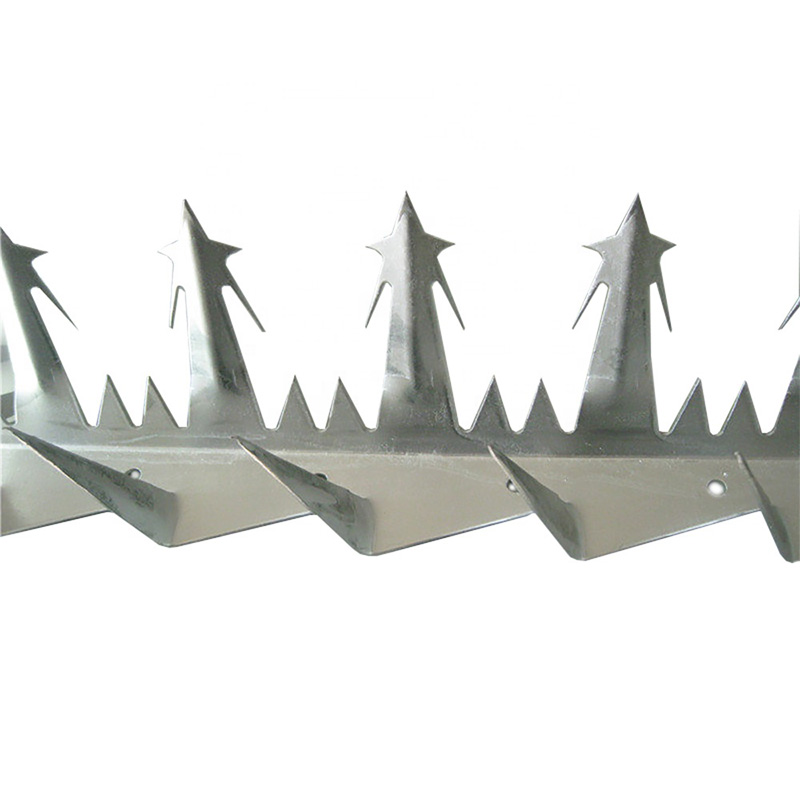
Anti Climb Wall Spikes
Product information: Big Sized Wall Spike Specification Type Big Sized Wall Spike A Big Sized Wall Spike B Model Number Anti-Climb wall Spikes Material HOT DIPPED GALVANIZED STAINL […]
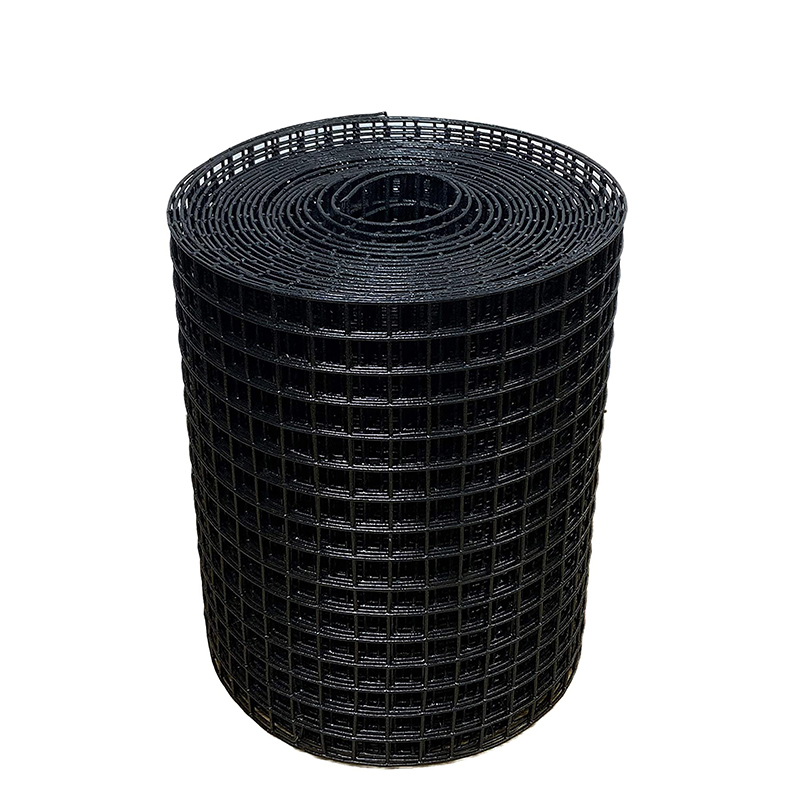
Pvc Coated Wire Mesh
Product information: PVC coated welded mesh Mesh size Wire diameter (in mm) Width&Length In inch In mm Before coating After coating Width:0.5m-2.0m Length:25m,30m […]
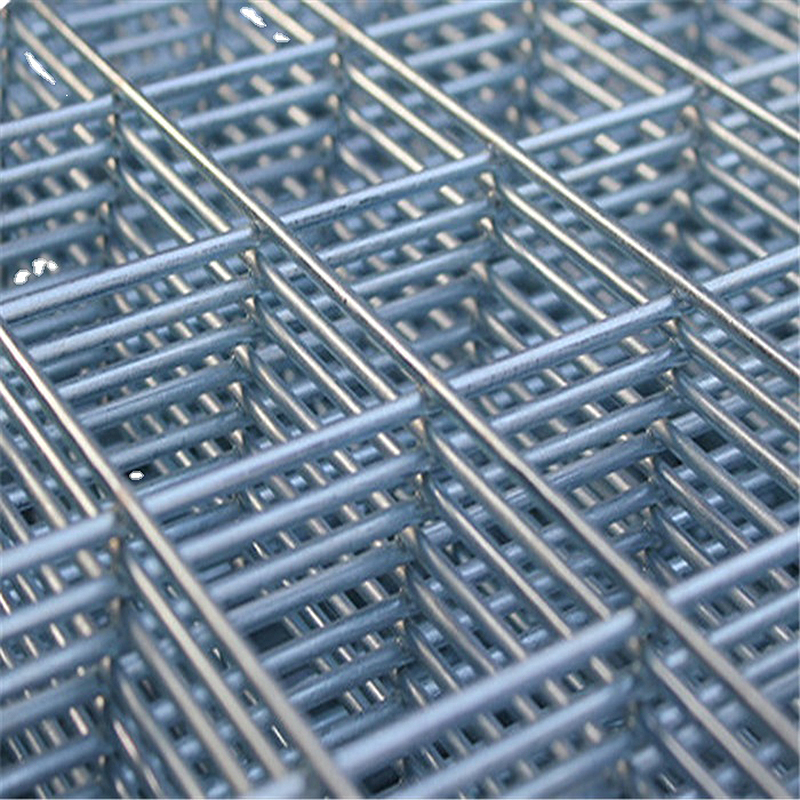
Welded Wire Mesh Panels
Product information: 1.Materials:Stainless steel wire, Low carbon steel wire, Galvanized wire 2.Style: (1)Electro or Hot dipped galvanized after or before welding; (2)Stainless ste […]
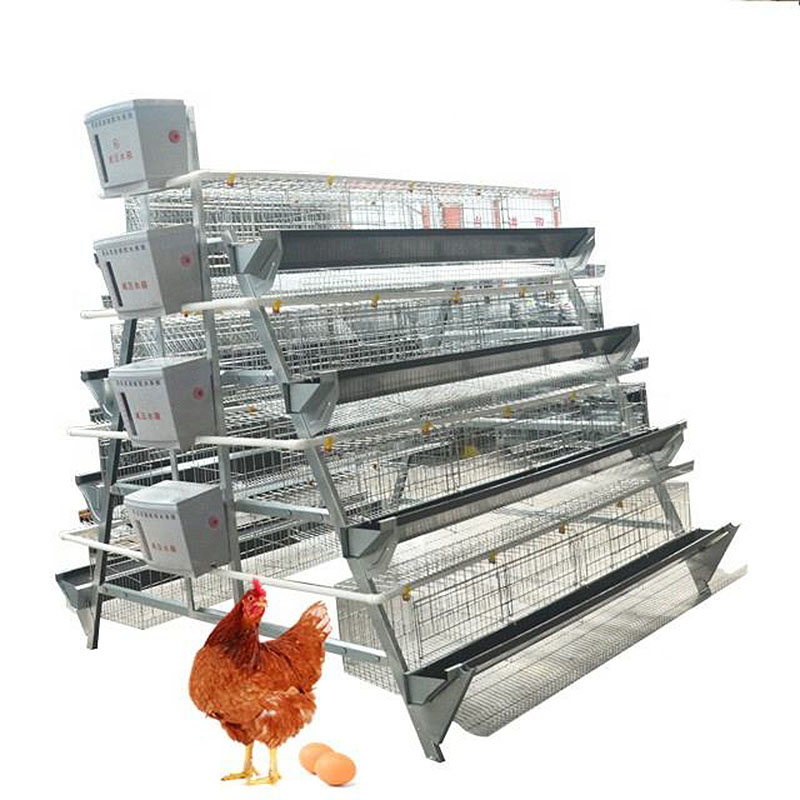
Chicken Cage
Product information: A type 3 tiers for 96-120 chickens Type A type, 3 tiers A type, 3 tiers A type, 3 tiers A type, 3 tiers Size per unit 1.88m*1.8m*1.6m 2.0m*1.8m*1.62m 2.2m*2.4m […]
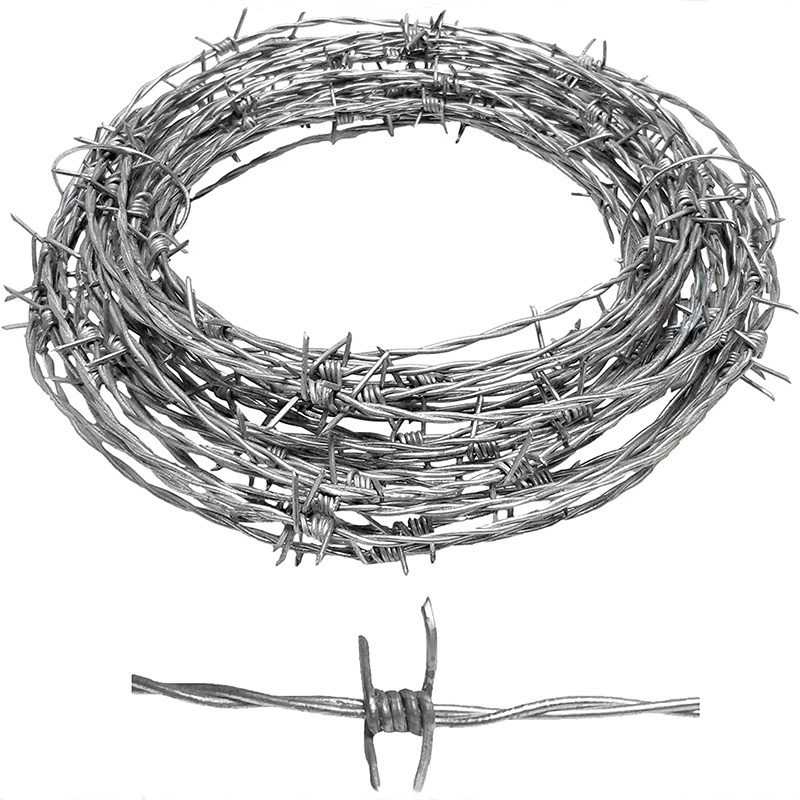
Barbed Wire
Product Information: Barbed Wire Material High quality low carbon steel wire, iron wire, etc. Category 1.Hot dipped galvanized 2.Electric galvanized 3.PVC coated Weving and Charact […]
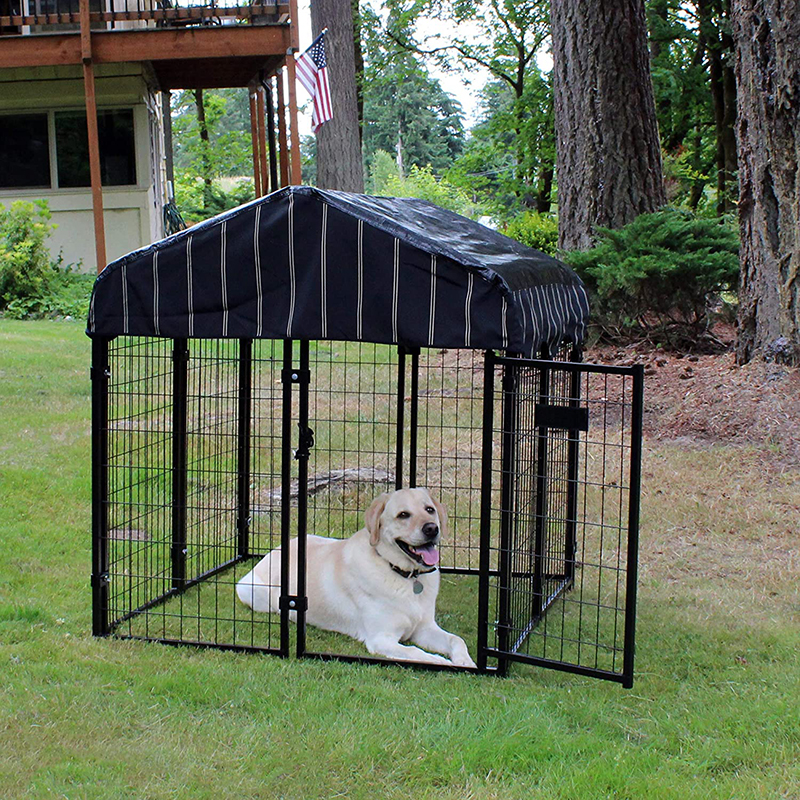
Dog Cage
Factory wholesale large metal multi functional dog cage kennel outdoor About the dog cage: * SAFE FOR DOGS – Our welded wire kennel offers safe protection for dogs of all siz […]
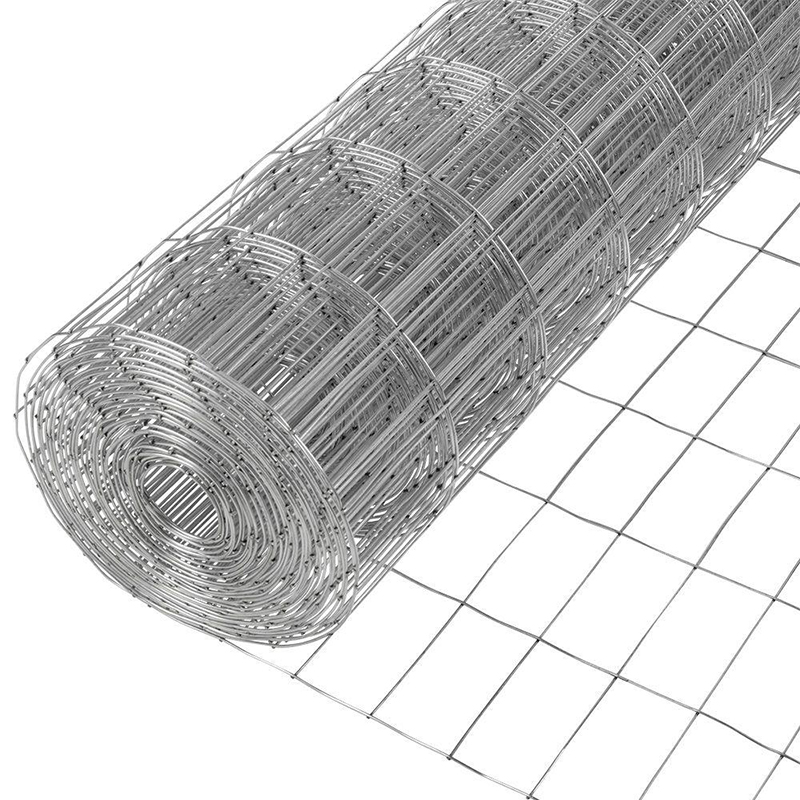
Welded Wire Mesh
Welded wire mesh is one popular materials in concrete, construction and industry. It is made of low carbon steel wire, stainless steel wire after welding and surface treating. Weld […]
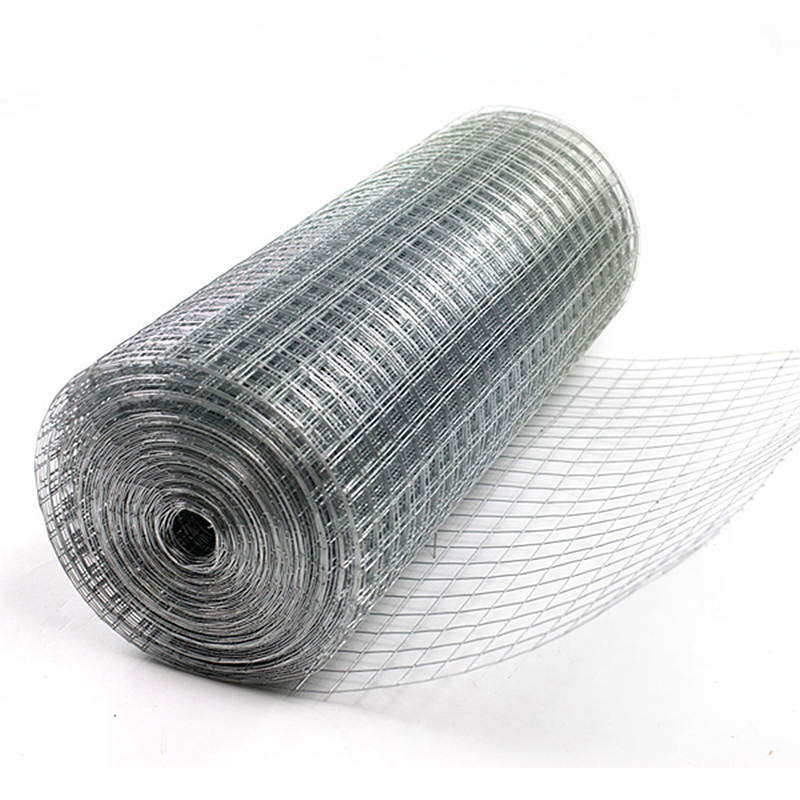
Hardware Cloth
Product information: Welded wire mesh is welded form superior low carbon steel wire and then galvanized or pvc coated or stainless steel wire and then welded. It features smooth su […]
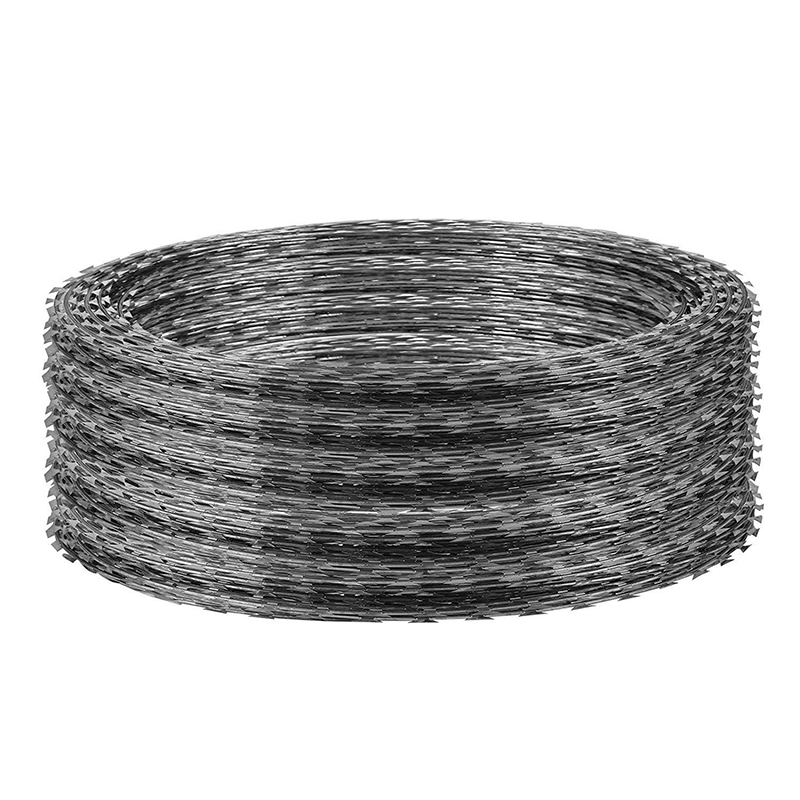
Razor Wire
Product information: Concertina Razor Wire is widely used for construction of high security fencing projects in military and national defence. We export directly and supply Razor W […]
Post time:2023-06-24

